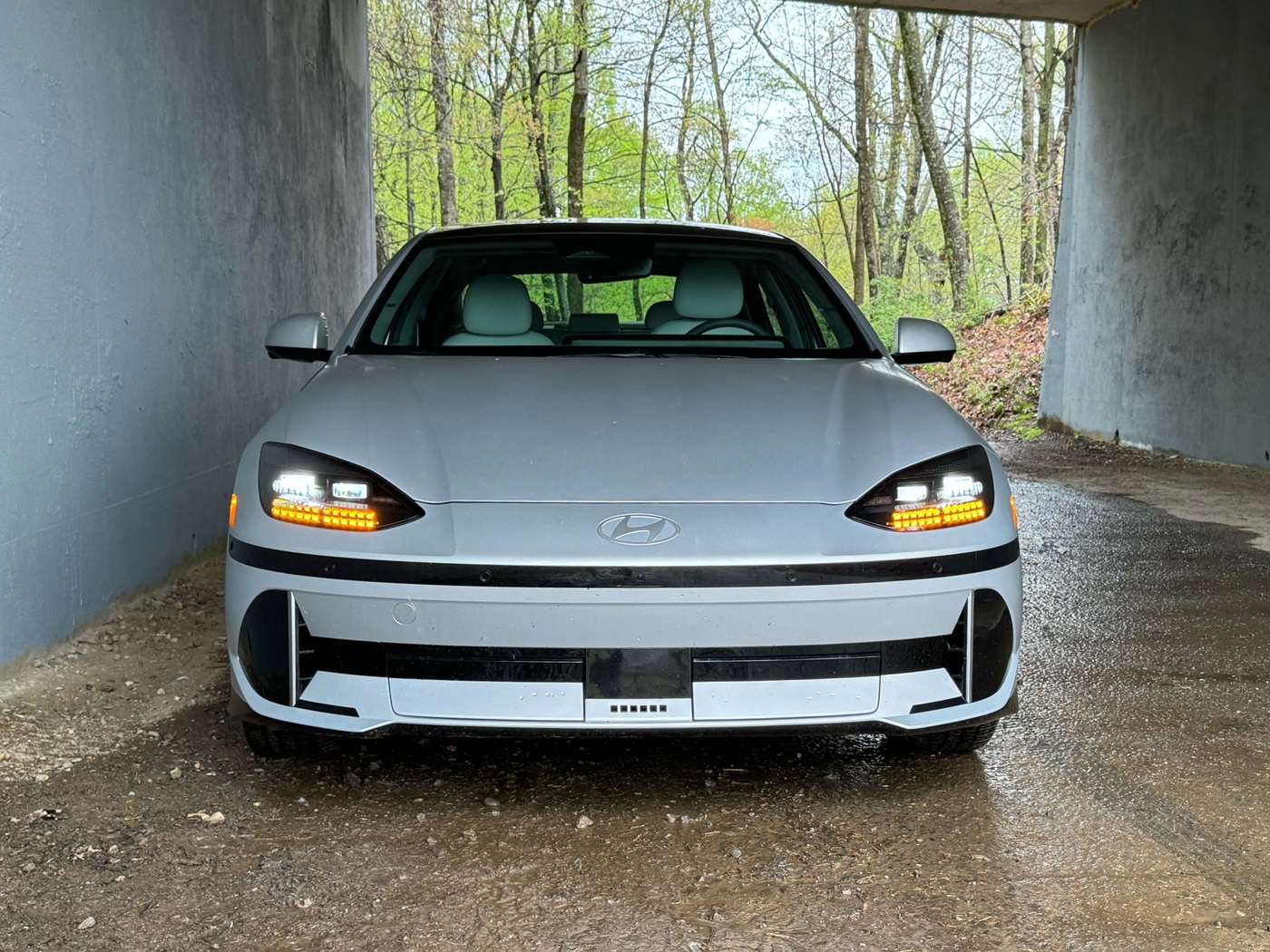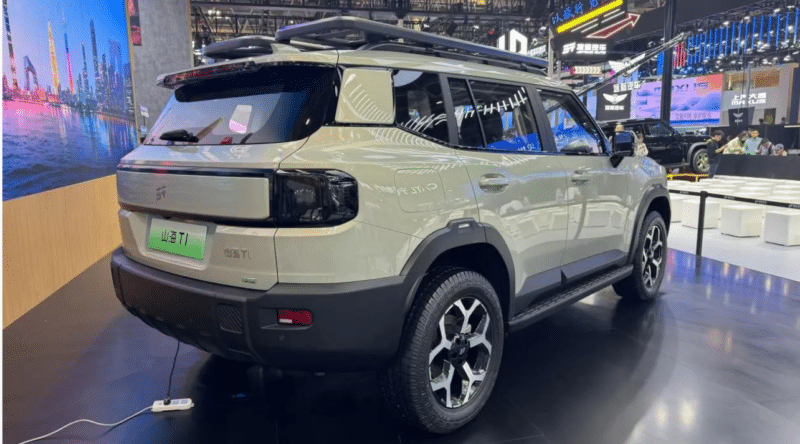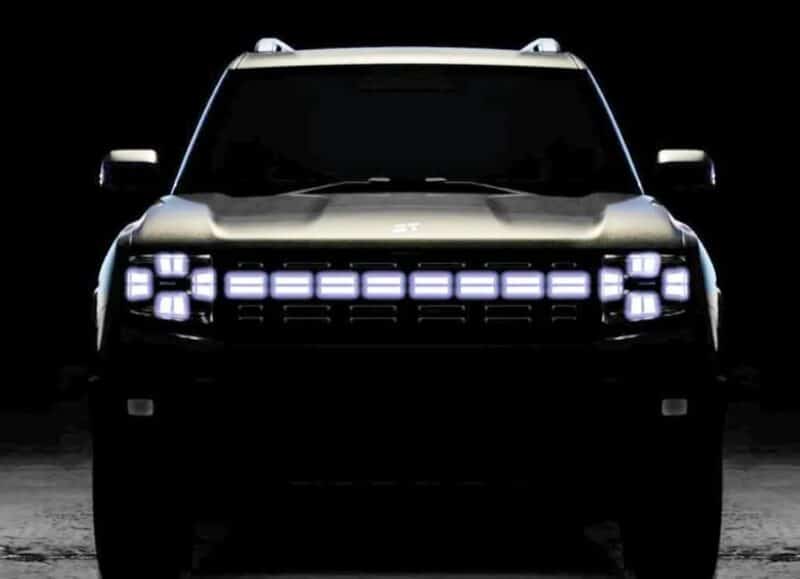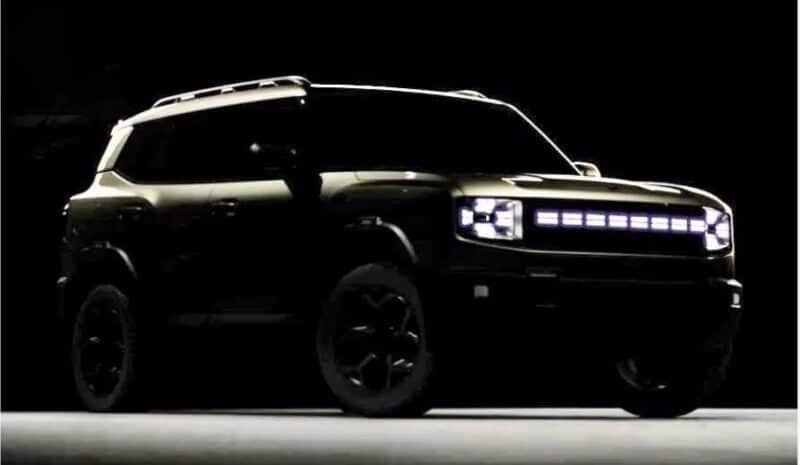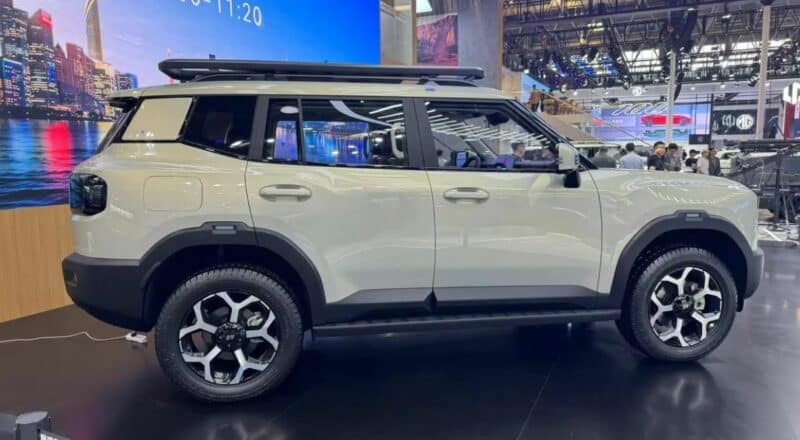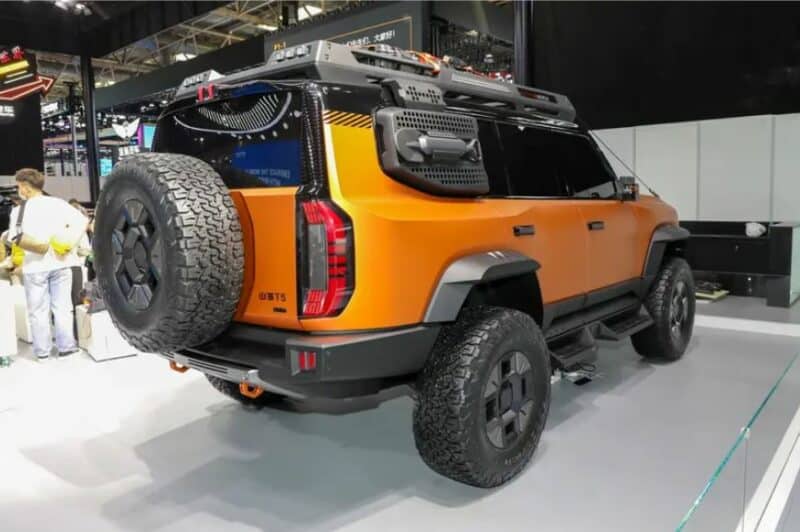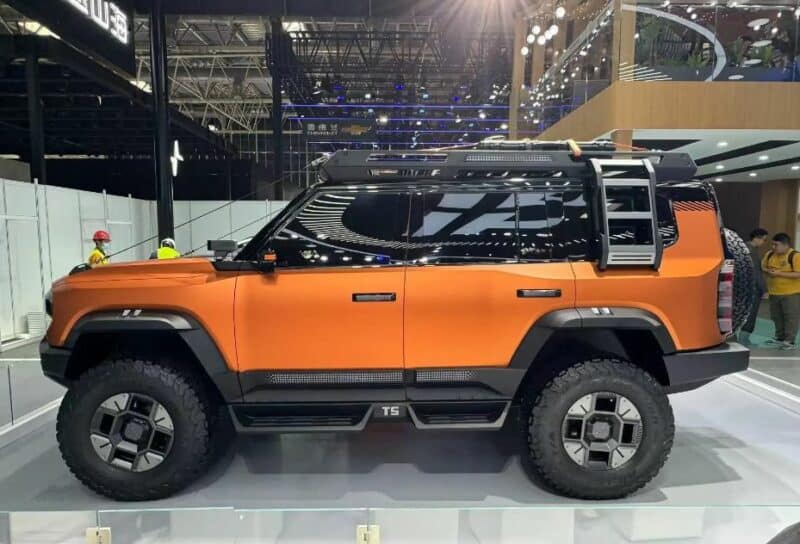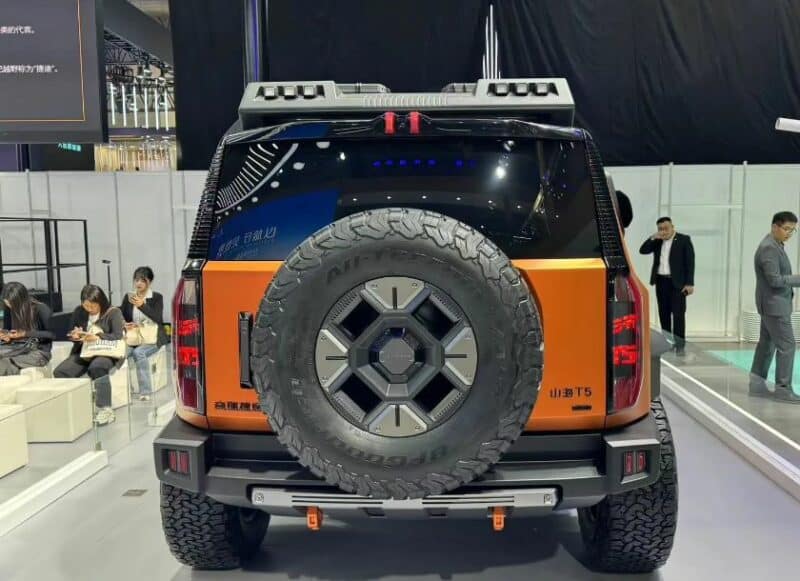Cost Advantage: Ford Ranger Raptor
The 2024 Ford Ranger Raptor emerges as a more budget-friendly contender in the off-road truck segment, offering a significant price benefit over the Toyota Tacoma TRD Pro. With a starting price of $57,065, including destination fees, the Ranger Raptor is almost $10,000 cheaper than its counterpart, the Tacoma, which is tagged at $66,890 including fees. This price disparity makes the Ranger Raptor an attractive option for buyers looking for high performance without the hefty price.
Shifting Market Dynamics Favor the Ford Ranger Raptor
Traditionally dominated by the Toyota Tacoma, the mid-size truck sector is witnessing a shift with the entry of the competitively priced Ford Ranger Raptor. This shift not only challenges the Tacoma’s long-standing market leadership but also introduces a cost-effective alternative for truck enthusiasts. The Tacoma’s higher price point now positions the Ranger Raptor as a formidable competitor offering substantial value.
Comparative Performance and Off-Road Capabilities
Both the Ford Ranger Raptor and the Toyota Tacoma TRD Pro are designed to excel in off-road conditions, equipped with advanced technologies and powerful engines. The Ranger Raptor boasts a turbocharged 3.0-liter V6 engine, which produces 405 horsepower and 430 lb-ft of torque, outperforming the Tacoma TRD Pro’s hybrid setup that delivers 325 horsepower and 465 lb-ft of torque. This difference in power and the immediate torque response from the Tacoma’s hybrid system highlight each vehicle’s unique approach to balancing performance and efficiency.
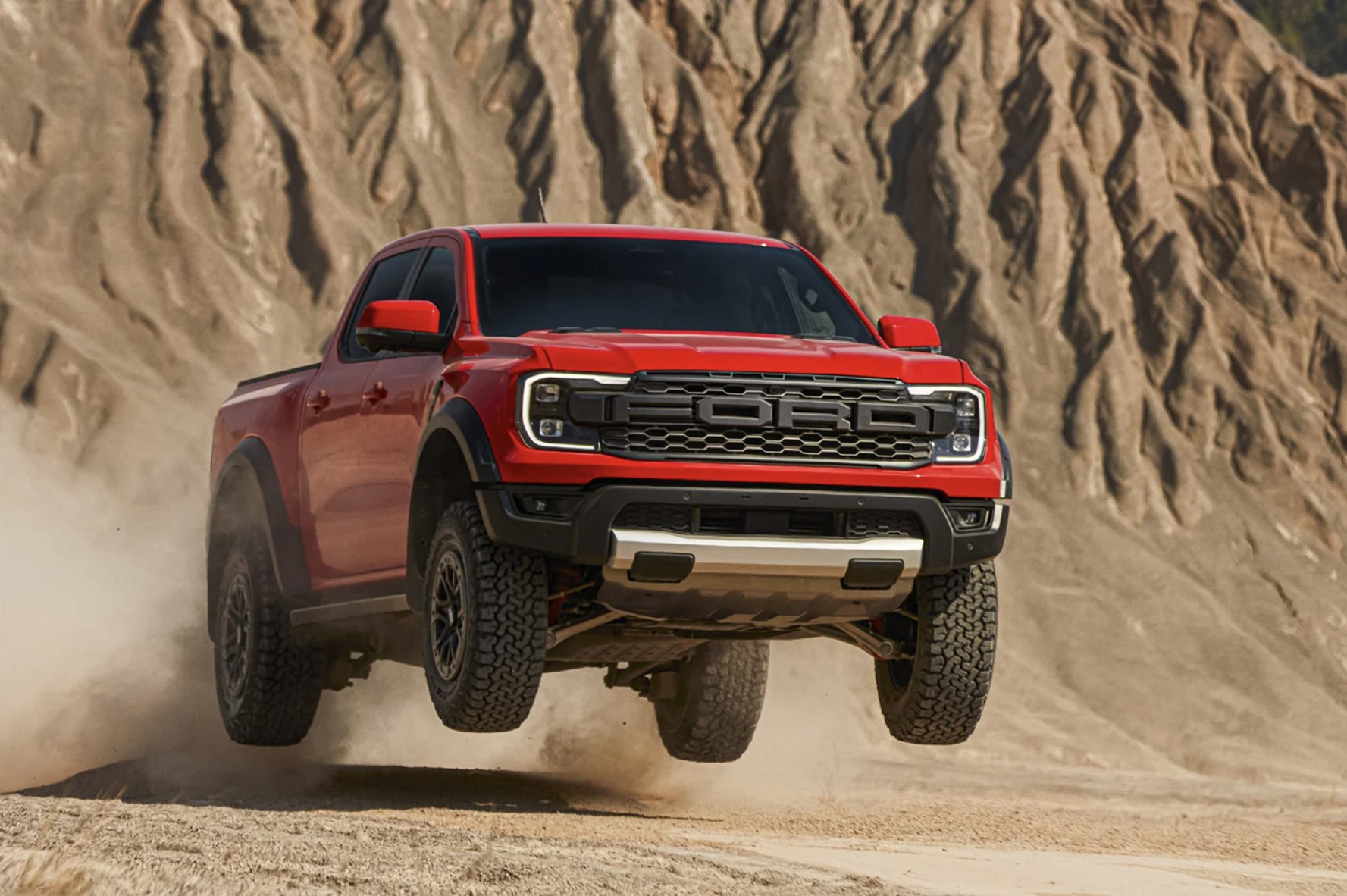
Enhanced Insights and Benefits
Financial Implications of Lower Cost
Opting for the Ford Ranger Raptor could lead to considerable savings for consumers, which could alternatively be used for vehicle customization or saved for other expenses. This financial advantage underscores the Ranger Raptor’s appeal as an economically wise choice without compromising on the expected off-road functionality.
Off-Road Technology and Design
Each truck is outfitted with state-of-the-art off-road tech, including electronically locking differentials and specially tuned Fox shocks, poised to tackle tough terrain with ease. While both models feature 33-inch tires, the Ranger Raptor offers 10.7 inches of ground clearance compared to the Tacoma’s 11.0 inches, slightly edging out in terms of underbody protection.
Interior Comfort and Ergonomic Design
Inside, the Ford Ranger Raptor and Toyota Tacoma TRD Pro cater to off-road comfort with distinct seating solutions designed to support the driver and passengers in rugged conditions. The Ranger Raptor is equipped with supportive bucket seats, whereas the Tacoma opts for isodynamic seating to enhance stability and comfort, proving that both models prioritize ergonomics to enhance the overall driving experience.
In conclusion, the Ford Ranger Raptor’s significant price advantage coupled with its robust features and performance makes it a compelling choice for potential buyers, challenging the Toyota Tacoma TRD Pro’s dominance in the market with a blend of affordability and capability.

